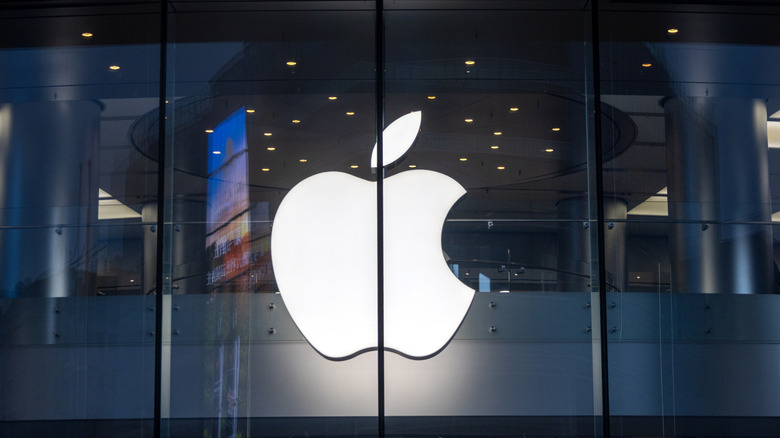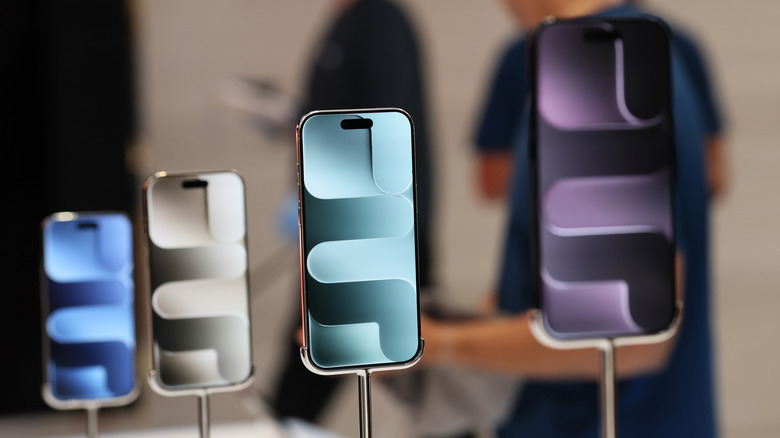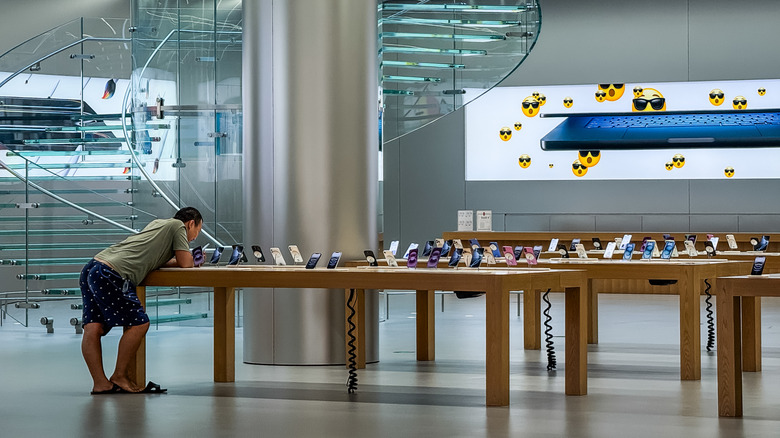Apple's Foldable iPhone May Be Cheaper Than We Expected
For anyone complaining that Apple's recent iPhone releases have only offered incremental upgrades, 2026 will likely be a huge inflection point for Apple's iconic smartphone. More than likely, Apple next year will release a foldable smartphone, a highly-anticipated device expected to spearhead the company's 2026 iPhone lineup and, as we'll get to later, spur a huge upgrade cycle.
Apple's entire business model is rather simple. The company sells premium products at premium prices. With that in mind, it stands to reason that Apple's foldable iPhone won't come cheap. Some estimates suggest Apple may price the device somewhere between $2,000 and $2,500. As a point of reference, Samsung's Galaxy Z Fold 7 starts at $1,999.
A more recent report from analyst Ming-Chi Kuo, however, relays that Apple's foldable iPhone may be more affordable than initially thought. The reason, interestingly enough, has nothing to do with Apple lowering the price to drive volume. On the contrary, Kuo writes that the hinge Apple needs for the device will cost somewhere between $70 and $80. This is a tad lower than initial estimates, which pegged the cost of the hinge to fall somewhere in the $100 to $120 range. "The sharp reduction in hinge ASPs," Kuo writes, "enables Apple to lower costs and improve margins, or reflect the savings in its pricing to expand market share."
Apple will likely want to keep the price in the same ballpark as rival devices. A price point significantly over $2,000 would, in my opinion, be a bad strategy. Apple's flagship iPhone needs to be a success. It needs to be in the hands of consumers, not a status symbol only affordable to a small minority, which is a problem it encountered with the wildly expensive Vision Pro. If all goes according to plan, mass production on the rumored iPhone Fold will begin in mid-2026 ahead of a launch in September of 2026.
Apple's secret weapon
Foldable smartphones are nothing new. Samsung, for instance, has had a line of foldable devices for years. Google has also been in the mix, and the company's recently released Pixel 10 Pro Fold has garnered largely positive reviews. Does this mean Apple will have to play catch-up when it releases its new iPhone? Not necessarily. Apple has historically entered new product markets later than others and, if anything, the company prides itself not on being first, but on being the best. We've seen this play out several times in Apple's history. The iPod was hardly the first MP3 player on the market, and the iPhone certainly wasn't the first smartphone on the market. But both devices, upon their release, offered users an unrivaled user experience.
So, how does this relate back to a foldable iPhone? Well, it's no secret that a longstanding problem with foldable smartphones is that they typically develop a crease at the point where the display bends. Though there have been strides in recent years, the problem hasn't gone away.
That said, Apple has reportedly worked with suppliers to develop a brand new display technology that can prevent the type of creasing that has plagued nearly every other foldable smartphone. We've seen a few analysts reference Apple's new hinge design, including Kuo — who, it's worth noting, has a particularly strong track record with respect to Apple rumors.
Apple's solution reportedly involves incorporating a metal plate tightly integrated with the display itself. According to Kuo, the plate is designed to help "distribute and control bending stress, preventing the display material from exceeding its elastic limit and thereby minimizing the likelihood of creases." Further, the production process itself will use laser drilling which will "create microstructures that better guide stress distribution and enhance crease resistance."
What will the iPhone Fold look like?
Apple's foldable iPhone is said to open horizontally. Put differently, it will look more like a Galaxy Z Fold than a Galaxy Z Flip. According to some sources, the overall design will resemble two iPhone Airs glued together. Rumor has it that the device will be just 4.5mm thick when fully open. If true, that would be rather impressive, given that the iPhone Air is 5.6mm thick and currently the thinnest iPhone Apple has ever released. And lest you think that the thin form factor would make the device too fragile, recall that Apple's svelte iPhone Air can withstand 214 pounds of force at the center.
Specs-wise, the device will reportedly incorporate Touch ID as opposed to Face ID. This design choice makes sense given that a Touch ID sensor on the side of the device would make it accessible whether the device is open or closed. In contrast, equivalent usability with Face ID would only be possible with two sensors — one on the outside display and one on the inside.
The device when closed will reportedly feature a 5.5-inch display, which will then open up to a 7.58-inch display when fully opened. Other rumored specs include dual 48MP cameras on the rear of the device, a camera on the inner display, 12GB of RAM, 256GB of storage, and a titanium body. Incidentally, the recently released iPhone 17 Pro is the first iPhone model to ever ship with 12GB of RAM.
The last time Apple released a massively redesigned iPhone was when it released the iPhone X in 2017. The new design helped spur a massive refresh cycle, and some analysts anticipate that Apple's foldable iPhone will do the same. To this point, some analysts believe iPhone sales in 2026 may be 10% higher than in 2025.


